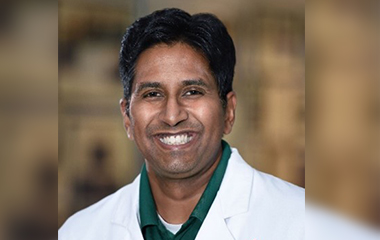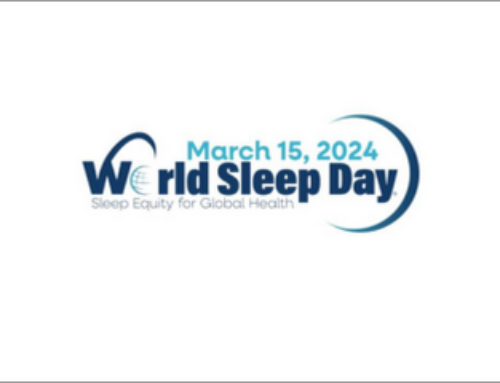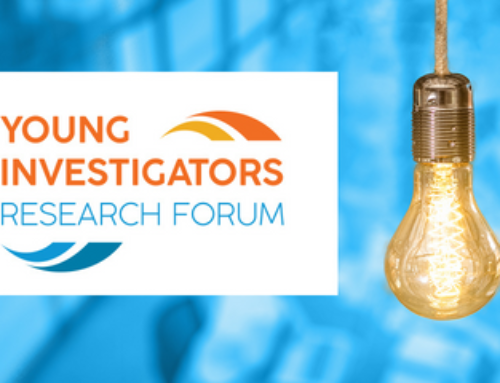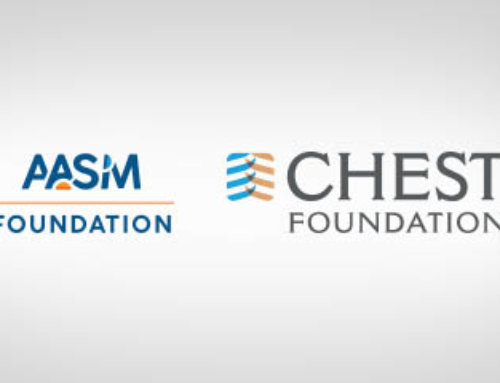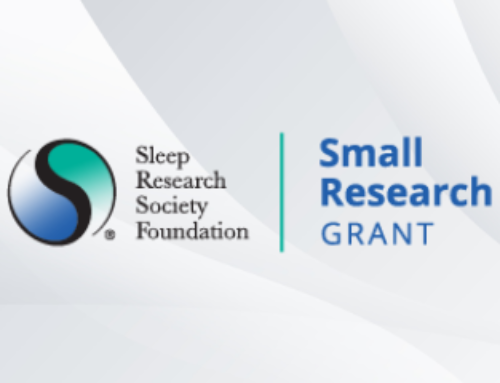Arvind Chandrakantan, MD, MBA is a pediatric anesthesiologist and recipient of the AASM Foundation Bridge to Success Grant for Early Career Investigators. Learn more about his research interests and newly funded career development grant.
Arvind Chandrakantan, MD, MBA is an associate professor of anesthesiology and pediatrics at the Texas Children’s Hospital and Baylor College of Medicine. His research interests are in the neurocognitive phenotype of pediatric obstructive sleep apnea (OSA). His focus is in studying learning and memory deficits and trying to recapitulate a childhood model of OSA with a murine phenotype.
“I noted a number of children who came in with attention-deficit/hyperactivity disorder and other neurological and psychological abnormalities which didn’t resolve with surgery,” said Chandrakantan. “Therefore, I went back to the lab to try to recreate this and see what mechanisms underlie this issue.”
The prevalence of OSA among children is estimated to be up to 7%. Most children with neurocognitive dysfunction have OSA and, left untreated, this can negatively impact development, behavior, and academic achievement. The typical treatment for children with OSA is adenotonsillectomy, which carries significant risk for postoperative complications and does not improve neurological dysfunction in children. Seeing how this puts a surgeon in a difficult position of choosing between delaying surgery to avoid perioperative complications and, therefore, risking learning and memory problems with delayed intervention, Chandrakantan was determined to understand how pediatric OSA induces temporal dysfunction in children through a murine cognitive behavioral model.
In late 2021 and early 2022, Chandrakantan was awarded an AASM Foundation Bridge to Success Grant for Early Career Investigators and a National Heart, Lung, and Blood Institute (NHLBI) K08 grant, Contribution of Pediatric OSA in Memory and Learning.
“The goal of this project is to recreate the neurocognitive phenotype of pediatric OSA using a murine model with a top-down approach, including behavioral phenotyping, immunohistochemistry, and long term potentiation,” said Chandrakantan. “The AASM Foundation Bridge to Success Grant for Early Career Investigators helped me in the interval time to obtain preliminary data for the NHLBI K08 resubmission.”
Chandrakantan’s long-term goal is to become an independent physician scientist with bench-to-bedside translational skills, while joining the underrepresented number of pediatric anesthesiologists conducting important sleep research for the pediatric population.
“With this career development grant, I hope to start a National Institutes of Health-funded laboratory studying the mechanisms of the phenotype I identified as I launch my sleep research career,” said Chandrakantan.


